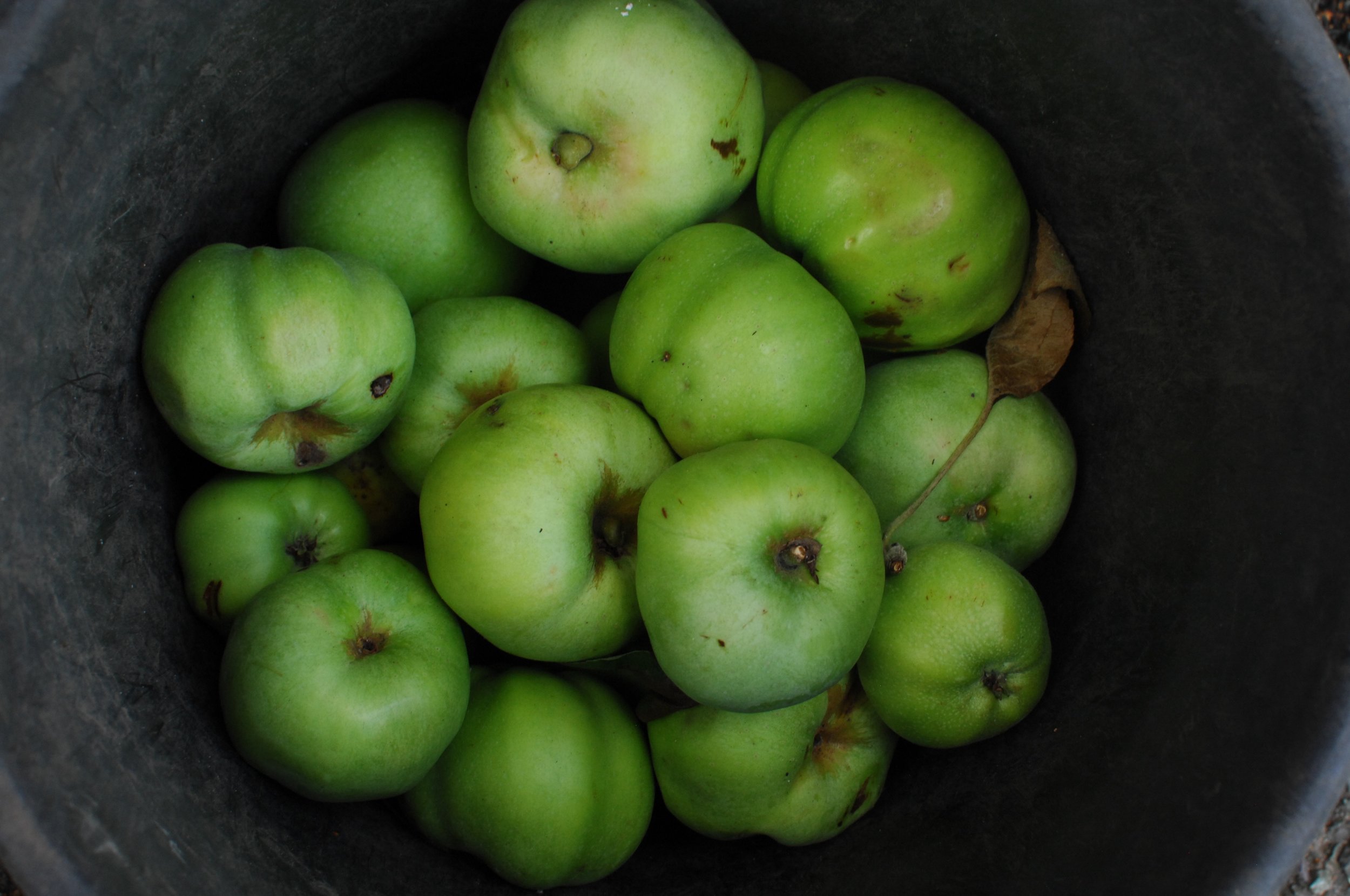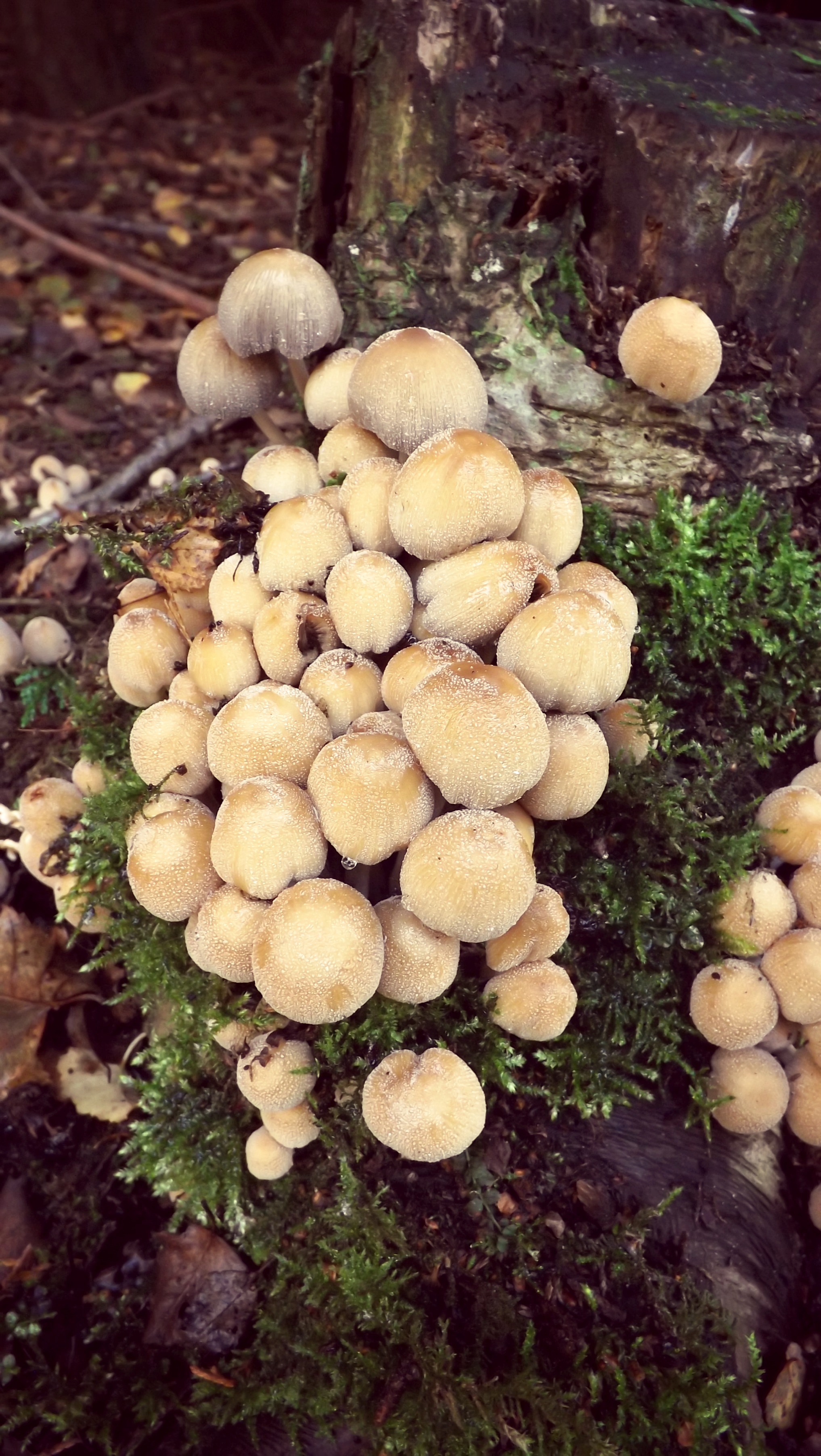Today Head Chef at Colwall Park Hotel shares his foraging tips and a simple hawthorn berry jelly recipe. Don't forget you can win a 1 night stay for 2 (including dinner and breakfast) at the hotel if you select our Seasonal Package for the magazine crowdfunding campaign (which has already reached its first target!). You'll also receive a recycled check blanket, organic apple and cinnamon tea, organic dark chocolate, and a copy of the magazine (but be quick - the campaign ends on Wednesday 6th!).
Foraging is exciting and very rewarding but can be very dangerous if done without doing your research. I am still a novice but find information through books and websites like foragedfoods.co.uk.
There is great produce to be found and don’t forget it’s free!
During the coming months I will be looking for produce in the local fields, hedgerows and not forgetting the Malvern Hills, bring the bounty back to Colwall adding some culinary twists and creating some flavoursome dishes.
As the nights are shorter nature’s larder becomes less bountiful but there is produce out there.
Hawthorn Berries
Hawthorn berries are best picked when they are most ripe, which usually means any time from now until the beginning of November. Hawthorns are dense and, unsurprisingly, thorny. The berries are red and fairly similar to rosehips in appearance. Foraging the berries can be time consuming as they often bring with them lots of stem when picked which need to be removed; however, the rewards can be delectable.
Simple Hawthorn Berry Jelly
- Pick 700g of hawthorn berries.
- Remove the stalks and wash, then drain.
- Put the berries into a saucepan, cover with 850ml of water.
- Bring to the boil and simmer for 1 hour then mash up the berries.
- Strain the mixture overnight using a muslin cloth - this will keep the jelly clear, but do not squeeze just let the juice drip.
- For every 550ml of juice you measure out you will need 450g of sugar.
- Squeeze the juice of 1 lemon.
- Mix the sugar and lemon juice into a saucepan along with the hawthorn juice. Bring the mixture to the boil, stirring continuously until the sugar has dissolved.
- Now rapid boil for 10 minutes until the jelly has reached setting point. The setting point is normally around 105 degrees, you can carefully spoon a little mix onto a cool plate, leave for a moment then push with your finger to see if it crinkles or is set.
- Skim off any foam from the top of the liquid, and pour into sterilised, warm jars and screw on the lids.
Tip: This jelly goes great with cheese!





















